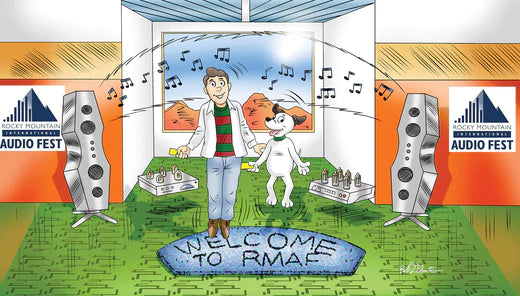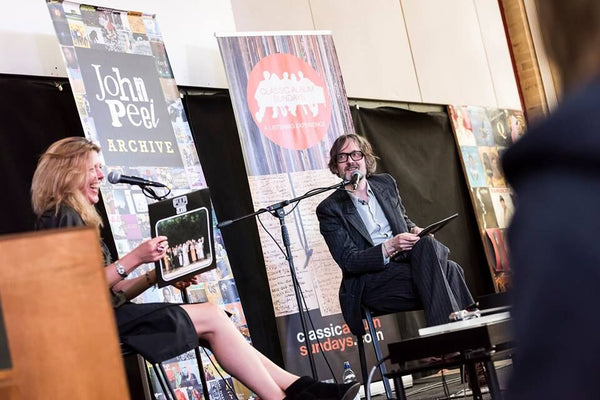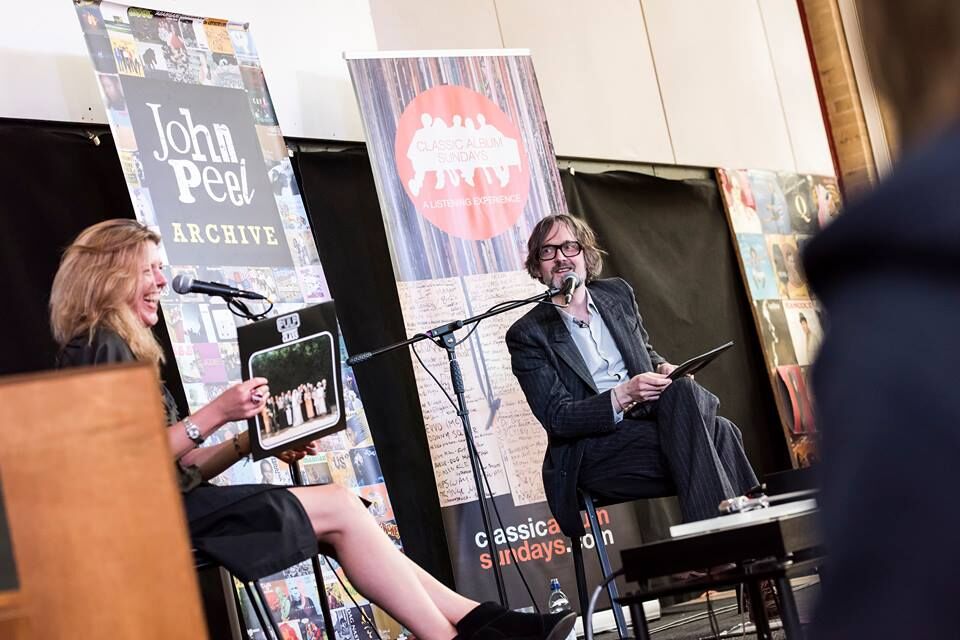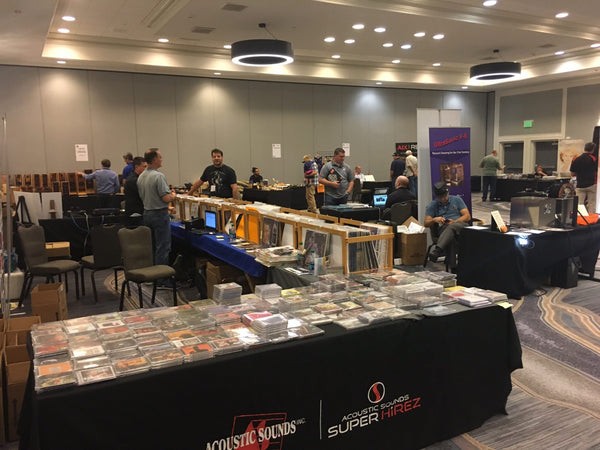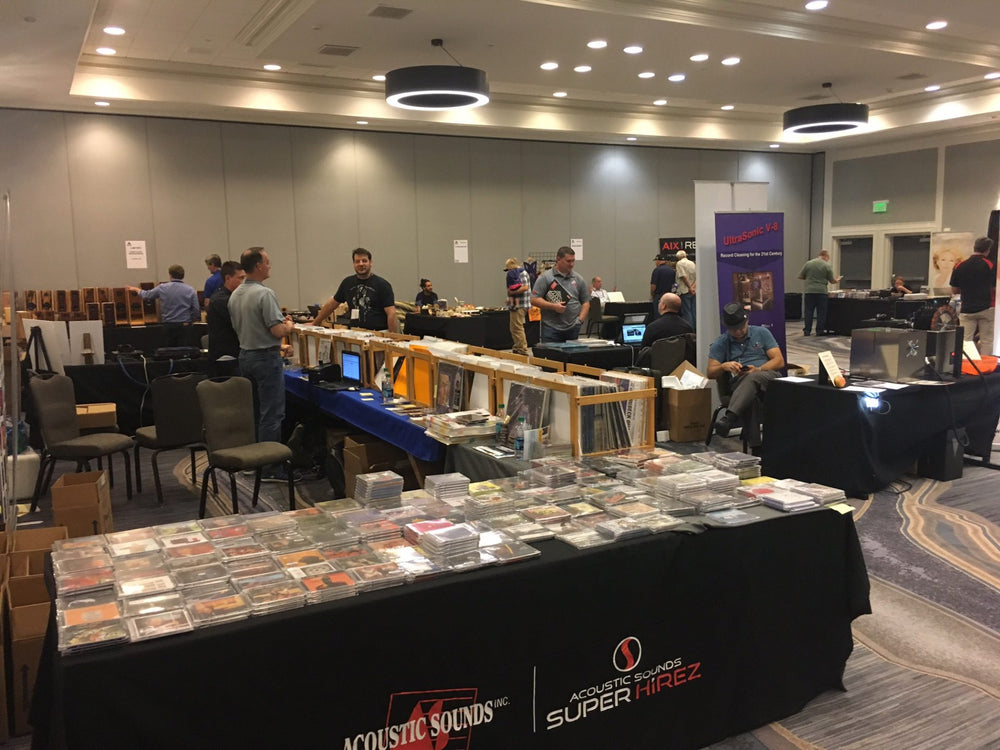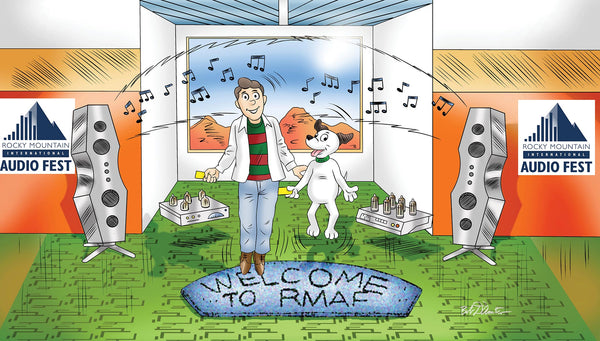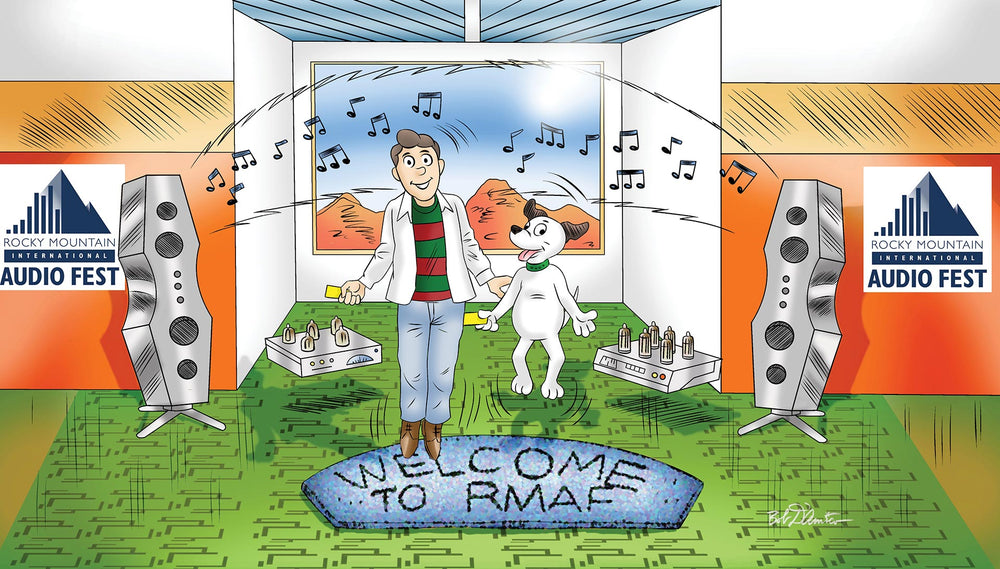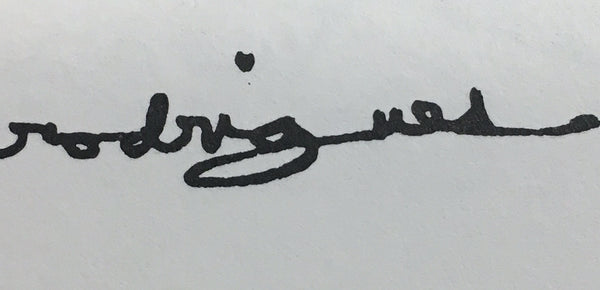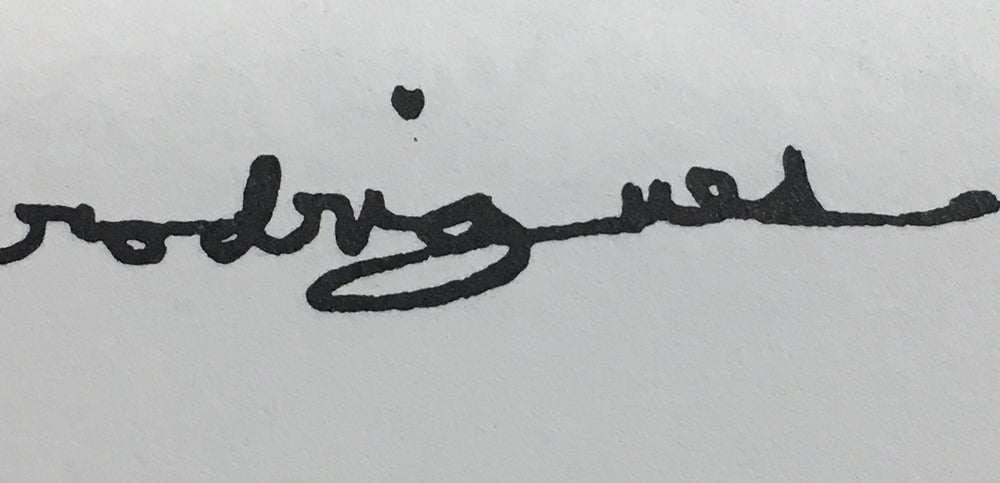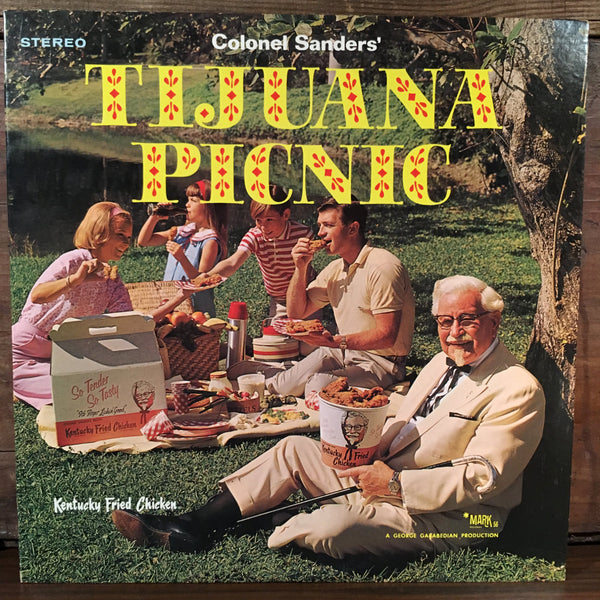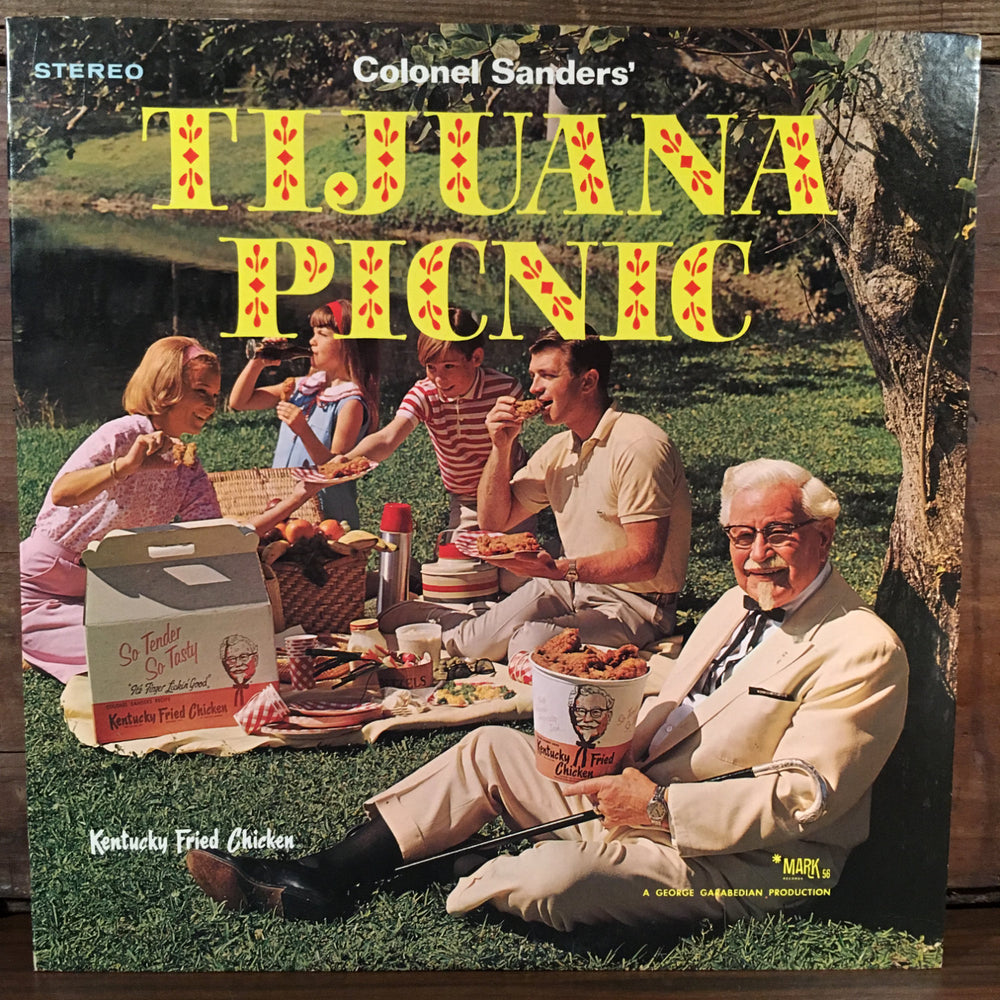I hope you all had a great summer. I missed you!
This first story in my second season of writing for Copper is about…
revenge. It is also about audio. It’s about dealing with arrogance and the incredible confluence of both my high end hobby and my audio retail experience.
I will not, however, name the person who is the subject of this story or the audio manufacturer. The manufacturer (still a major force in the industry) actually comes out looking really good but the ability for someone in the industry to put the clues together to figure out the particular individual that is at the epicenter of it and the fact that I hear that this person (for some reason) is still in the business has led me to conclude that the story and it’s lessons can still be compelling without naming names.
What I will say is that, to all those consumers who have ever been treated poorly by a salesperson in the audio industry and fantasized what you would do if you had the power to possibly ruin that person, you will really love this tale.
It began way back in the day….Spring 1983.
Twisted Sister had just finished recording our debut album for Atlantic Records called You Can’t Stop Rock n Roll.
We had spent the winter recording it at Jimmy Page’s studio called The Sol in Cookham, England.
All the Led Zep masters were in the studio as our producer Stu Epps (Jimmy’s studio manager & engineer) was also assisting Jimmy in the remastering of the CODA album. We would walk into the mixing room in awe of being in the same room with all the master 2” reels for every Zep song ever recorded!
It was truly a magical time but, as an audiophile, I was eager to finish the recording and then go to Tottenham Court Road in London to visit the dozens of HI Fi shops that lined the High Street.
That was where I was exposed, for the first time, to brands like Quad electronics and speakers, Esoteric Audio, Pink Triangle, KEF, B&W, Linn/Naim, Mission, Meridian etc.
After deciding on a particular pair of speakers that I loved, I called a friend in NY to see how much they cost in the city.
As it turned out, if I bought them in London and brought them back myself, it was half the US cost.
And so I did.
When I got home and connected them, much to my dismay, the tweeter in one of the speakers did not work..
So much for saving money, I thought.
Well, I called the UK company and told them what happened. They were very friendly and gave me the phone number of their NY sales rep. I was told that he would be happy to solve this issue for free as I had just bought the speakers.
I innocently called the NY sales rep for the company and, about 30 seconds into my description of my London purchase of the speaker, he interrupted me and started yelling
Fu*k you! it’s people like you (meaning me) that buys grey market oversees that fu*ks up the retail business. Go fu*k yourself, I will never help you! And with that he slammed down his phone.
Man Oh Man…I was not expecting anything like that. I could maybe have understood the issue had he just said “Look, I get you bought it overseas but I really can’t help you but you should call the company and see what they can do…
Something like that would have been disappointing but I would have understood. But no.
This response was not that.
This was the response (in my mind, anyway) of a mentally deranged narcissistic coke head on a bender.
Well…
I called back the UK company and told someone in management about the treatment I got.
The person was horrified that someone representing their company would treat anyone so badly.
The person told me that he would not only send a replacement driver but the entire wiring assembly as well just in case it was in the wiring.
Sadly, and I do mean sadly, this kind of bizarre arrogance was not isolated to just this one person. Over the next couple of years I was either insulted by other high end hi fi salesmen (who wouldn’t play the records I brought in to test gear because he didn’t like my choice of music ridiculed over the gear that I did have.
I have heard many horror stories about things like this from other consumers as well
The high end industry was actually rife with many dysfunctional idiots but I have to say that the worst of the worst was the New York rep for the UK speaker company.
Now it’s 1997 (14 years later) and I am now a salesman at Lyric Hi Fi.
I hadn’t talked about this incident in years and I tried, as an audio salesman, to never treat anyone with any kind of disrespect no matter how much I didn’t like them or felt they were wasting my time.
One day, however, I walked into the Big Room at Lyric to ask Mike Kay a question about an order and lo and behold he introduces me to a sales rep who (you guessed it) was the same dude who was so unbelievably nasty on that phone call in 1983.
I shook the reps hand.
He was much shorter than I imagined (that maybe explained his Napoleonic rant)
It appeared that the conversation with Mike Kay, Lenny (the store manager) and the rep was about to end.They all started to exit the room.
The room was huge and the doors and the room itself were sound proof. Once the door was shut, you could be murdered and no one would hear it.
First Mike walked out, then Lenny.
As it appeared that I was about to walk out as well, I slammed the door shut, then turned around and stared this rep in the face.
He looked a little stunned and said “Is there a problem?”
I then said “In 1983 I bought a pair of speakers in the UK. They didn’t work and I was told by a UK representative to call you, the NY rep.
I did and you yelled at me and cursed me out.
You told me I deserved the broken speaker and told me where I should put it as well.
Nobody has ever been that rude to me. All I did was do what your company told me to do and you basically told me to shove the speaker up my ass.
I then said, “This room is sound proof and I could just kick your ass now and no one would hear you!”
He started to sweat….and stutter…
“I was on medication” he pleaded.
“I’m usually not like that, really.
“I’m so, so sorry, really. I apologise from the bottom of my heart, I’m really, really sorry, I should never have talked to you that way”.
Boy, I was really really enjoying this, believe me.
I just stood there for a minute as his heart was racing and fear welled up in his eyes.
I was never going to touch him.
I just wanted that apology.
I got it.
Over the next couple of years I heard more and more stories about this guy and, yes, he was rude and obnoxious to many, both in and out of the industry who reveled in my story and I was told that I did the world a service.
That made me feel even better!
Chalk one up for the consumer!!


